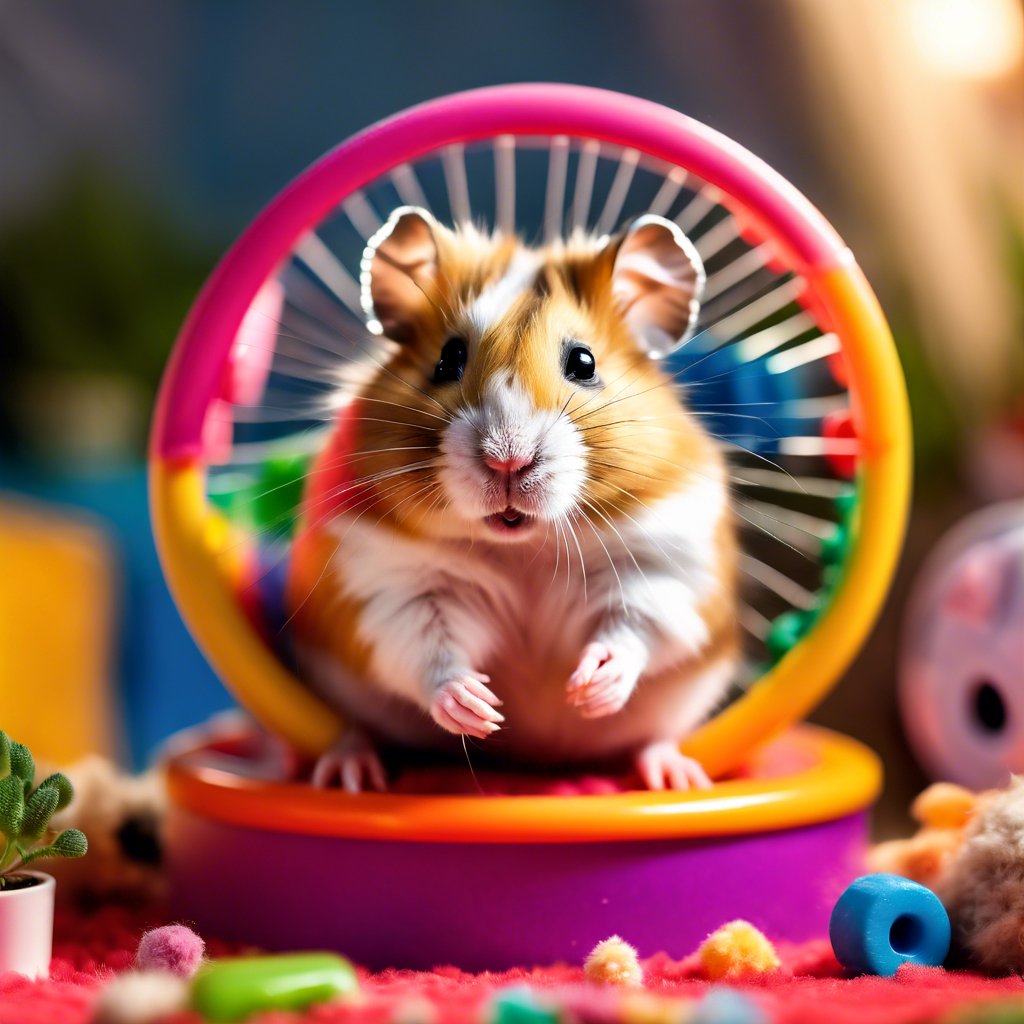Exercise Wheels for Hamsters
Understanding the Importance of Exercise Wheels

As any hamster owner knows, these adorable little creatures are bursting with energy! They require ample exercise to stay healthy and happy. An exercise wheel is not just a toy for your furry friend; it’s a vital component of their daily routine. Let’s dive deeper into the significance of exercise wheels and discover how they can enhance your hamster’s life.
Types of Exercise Wheels: Which One Fits Your Hamster?

Choosing the right exercise wheel can be quite the task! Not all wheels are created equal, and selecting the wrong type could lead to discomfort or injury for your pet. Here’s a breakdown of popular types of exercise wheels:
- Plastic Wheels: Lightweight and easy to clean, ideal for smaller hamsters.
- Metal Wheels: More durable and often quieter, perfect for larger breeds.
- Silent Wheels: Designed to minimize noise, great for nighttime runners.
- Flat Wheels: Allow for a more natural running posture, reducing strain on the back.
Comparing Features of Hamster Exercise Wheels
When shopping for an exercise wheel, it’s crucial to consider various features that can make a significant difference. Here’s a quick comparison to guide your decision:
| Feature | Plastic Wheel | Metal Wheel | Silent Wheel | Flat Wheel |
|---|---|---|---|---|
| Durability | Moderate | High | Moderate | High |
| Noise Level | Moderate | Low | Very Low | Low |
| Weight | Light | Heavy | Light | Light |
| Size Options | Small to Medium | Medium to Large | Small to Large | Medium |
As you can see, each type of wheel has its unique advantages. The right choice ultimately depends on your hamster’s breed and preferences. Remember, a well-exercised hamster is a happy hamster!
Share this content:



